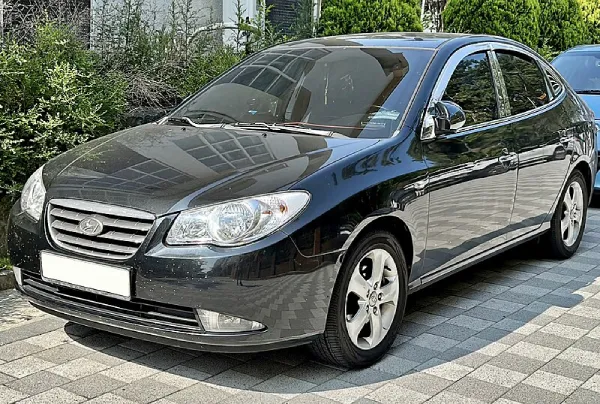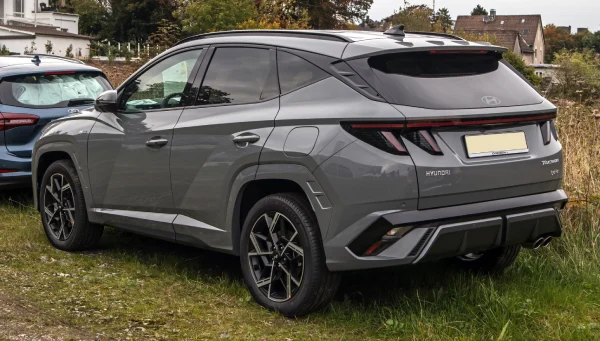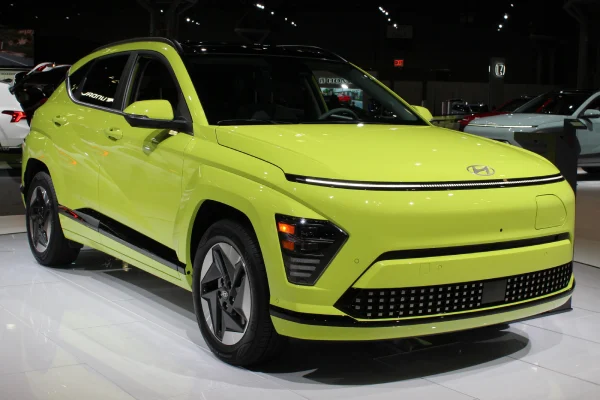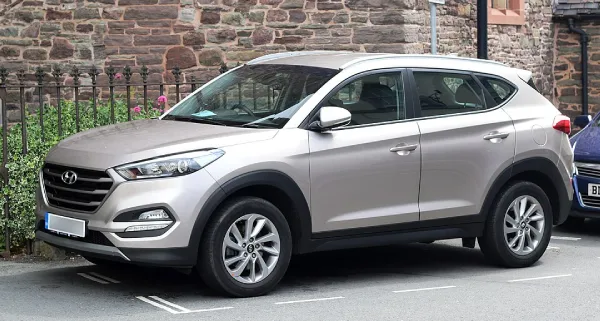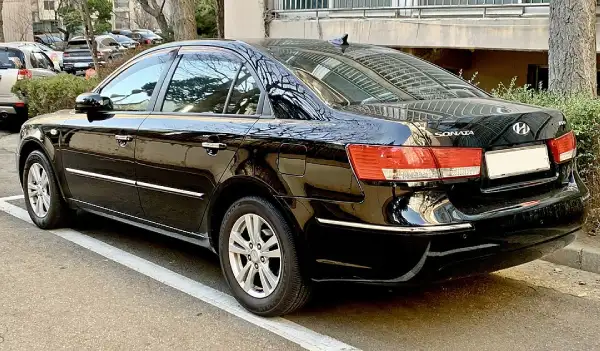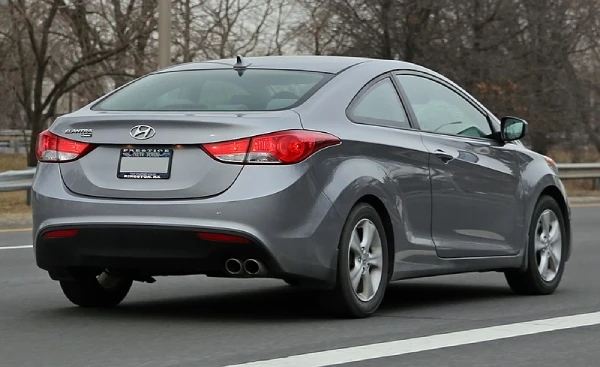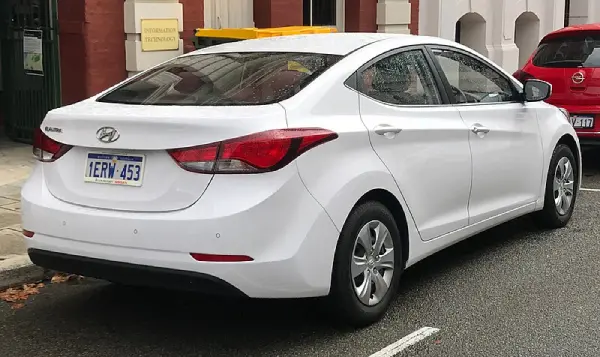Table of Contents
- Introduction
- Spacious Interior and Comfort
- Performance and Fuel Economy
- Comparison with Competitors
- Key Specifications
- Safety Features
- Driving Experience
- Interior Quality and Features
- Trim Levels
- Conclusion: Is the 2008 Hyundai Elantra Worth It?
- 2008 Hyundai ELANTRA consumer reviews
Introduction
Although the top-of-the-line Limited trim level from the previous year has been discontinued, the midgrade Elantra SE trim still offers a lot of its amenities as an available package. Additionally, the SE now comes standard with braking assist and stability control. If you’re looking for a small sedan, you should definitely check out the 2008 Hyundai Elantra. It’s a roomy, well-built economy vehicle with surprisingly quick reflexes.
The 2008 Hyundai Elantra is one of those vehicles that will occasionally truly surprise you. Despite having a long warranty and being reasonably priced, previous Elantras were unable to compete with all-star small sedans such as the Toyota Corolla, Mazda 3, and Honda Civic. The Elantra, which is in its second year following a complete makeover, is a true contender that can compete with the big boys. It still has a low price and a long warranty, making it an attractive option.
Spacious Interior and Comfort
The EPA now classifies the ostensibly tiny Elantra as a midsize sedan, despite the fact that it was larger than the vehicle it replaced. This classification offers the best of both worlds: maneuverability in urban settings and generous room for passengers and cargo. Hyundai is keen to note that the Elantra has greater inside capacity than an Acura TL and is generally more roomy than its economy car competitors. The backseat is especially impressive, accommodating full-size adults with ease thanks to its high-mounted bench and ample foot room.
Performance and Fuel Economy
The 2.0-liter four-cylinder engine in the Elantra is an outdated design and less sophisticated than those in its Japanese rivals, yet it is surprisingly quick and boasts respectable fuel economy. As a Partial-Zero-Emissions Vehicle (PZEV) in California, Oregon, and the Northeast, and an Ultra-Low-Emissions Vehicle (ULEV) throughout the majority of the country, it operates cleanly.
Once on the road, the 2008 Hyundai Elantra offers a comfortable ride, steady behavior at high speeds, and respectable steering and handling responses. The attractive, well-built cabin contributes to the impression that it is a more expensive vehicle than it actually is. Premium plastics and other materials are used throughout, though a few low-quality plastics can be found.
Comparison with Competitors
The compact economy automobile market offers a wide range of options. Even though the Civic and other top-ranked sedans are more well-known, the 2008 Elantra keeps pace, matching or surpassing them in various aspects. The Elantra’s features, size, and high-quality workmanship at such a low cost are hard to match. It is advisable to test drive each of these options, but when the time comes to visit the Hyundai dealership, prepare for a pleasant surprise.
Key Specifications
A 2.0-liter inline-4 engine with 138 horsepower and 136 pound-feet of torque powers the front-wheel-drive Elantra. Both a four-speed automatic and a five-speed manual gearbox are available for all trim levels. Elantras with automatic transmissions are classified as Partial-Zero-Emissions Vehicles (PZEV) in California and have a 132-horsepower rating. The 2008 fuel economy is a commendable 24 mpg in the city and 33 mpg on the highway, regardless of the state or gearbox.
Safety Features
Antilock disc brakes, front-seat side airbags, full-length side curtain airbags, and anti-whiplash front head restraints are standard on all Elantras. Stability control and ABS braking assistance are included on the SE trim level. The 2008 Hyundai Elantra received a four-star rating for side crashes and a top five-star rating for frontal-impact collision protection in National Highway Traffic Safety Administration crash testing. The Insurance Institute for Highway Safety awarded the Elantra a “Good” rating in frontal offset testing.
Driving Experience
The 2008 Hyundai Elantra is surprisingly quick for its horsepower, achieving zero to 60 mph in 8.4 seconds, especially when paired with a manual gearbox. The ride quality is one of the Elantra’s best features, offering a steady yet smooth experience even at high speeds. Road and wind noise are minimal, enhancing the overall driving experience.
Although it doesn’t have a very athletic disposition, the Elantra is a competent handler, maintaining grip well through corners and offering good steering feedback.
Interior Quality and Features
The interior quality of the Elantra is a mix of high and low points. The cool blue lighting and dash-top grain exude a premium feel, while some materials feel less refined compared to rivals like the Honda Civic. However, the overall aesthetic is appealing, creating an inviting atmosphere for both drivers and passengers. The spacious head, shoulder, hip, and legroom in both the front and back seats are particularly noteworthy.
The trunk space is generous at 14 cubic feet, complemented by various storage nooks throughout the cabin.
Trim Levels
The 2008 Hyundai Elantra is available in two trim levels: GLS and SE.
GLS Trim
- 15-inch steel wheels
- Keyless entry
- 60/40 folding rear seat
- Tilt steering wheel
- Full power accessories
- Popular Equipment Package: includes air conditioning, fog lights, cruise control, vanity mirrors, and a six-speaker stereo with CD/MP3 player, auxiliary audio connector, and satellite radio.
SE Trim
- Includes all GLS features plus:
- 16-inch alloy wheels
- Trip computer
- Tilt-and-telescoping leather-wrapped wheel with audio controls
- New SE Premium Package: includes sunroof and heated seats, with leather upholstery as an option.
Conclusion: Is the 2008 Hyundai Elantra Worth It?
In conclusion, the 2008 Hyundai Elantra stands out as a competitive option in the compact sedan market. With its spacious interior, impressive performance, and extensive list of features, it offers great value for budget-conscious buyers. The combination of a long warranty and affordable pricing makes the Elantra a smart choice for anyone in the market for a reliable and comfortable small sedan.
2008 Hyundai ELANTRA consumer reviews
We are excited to invite you to discover the comprehensive reviews of the 2008 Hyundai Elantra! If you’re in the market for a reliable, spacious, and well-built small sedan, our detailed insights can help you make an informed decision visite this website
